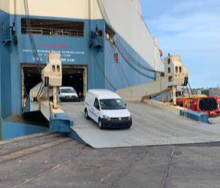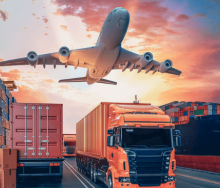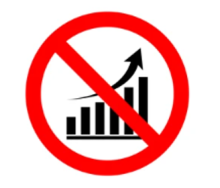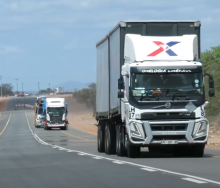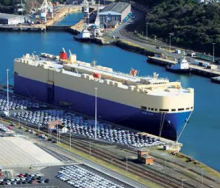Q2 has seen the world’s major ocean container carriers post big operating profits, but market dynamics are affecting the widely divergent results being posted.
For example, Maersk Ocean moved from a loss of $161 million in Q1 to a positive $470m in Q2. Meanwhile, Hapag-Lloyd also saw an improvement in Q2 with an Ebit of $485m.
However, the positive financial results of Maersk and Hapag-Lloyd are surpassed by the large Asian carriers such as Evergreen, which posted operating profits of around $1 billion, says ocean freight rate intelligence platform Xeneta.
“One of the reasons for this nuance in carrier profits is found in the fact Asian carriers have a higher exposure to Far East export trades – and it is on these trades where the biggest increases in freight rates are found in 2024,” a spokesman explains.
“Looking ahead, shippers face a challenging time, and reading the market will not be easy. Before entering negotiations for new-long term contracts they will need to have a deep understanding of market movements on their chosen port-to-port trades and how they may develop to different timelines.”
Xeneta advises shippers to benchmark against individual carriers on their chosen trades in the knowledge that they too are impacted by market dynamics in different ways. “This will become even more complicated in 2025 with the formation of new alliances and the various service level promises on offer.”
These are only a few examples of the market nuances that come into play, says the benchmarking platform, with shippers needing to balance many factors, which include carbon emissions regulations, schedule reliability, equipment types (FEU, TEU and reefer), and the threat of further disruptions such as strikes on the US East Coast and Gulf Coast.


